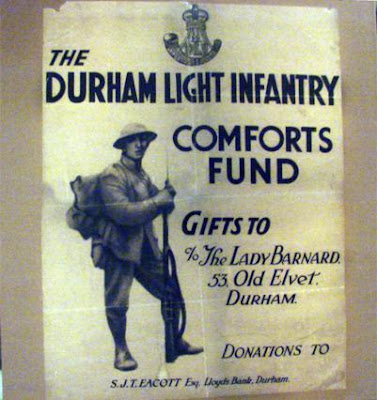Since I may be the only man in Northern Europe who failed to see the superb lunar eclipse the other night, I am keeping a low profile. I meant to watch it - I had the blinds wide open on the roof windows, the conditions were crystal clear (we have no light pollution at all here), the moon was big and perfectly placed, I had my camera standing by - and I fell asleep before the eclipse started. Oh well.
To change the subject, about 10 miles from here is the village of Athelstaneford, which is noted for a piece of (debated) history. It seems that in 832AD there was an invading force from Northumbria up here, possibly commanded by a chap named Athelstan (not the king of the Angles who lived in East Anglia, he would have been 5 years old...), and a battle took place near the village whose name now commemorates the visiting commander. On the morning of the battle, the king of the Picts, Oengus II, saw a St Andrews cross (saltire) in the blue sky, and knew that he couldn't be beaten. Subsequently, the blue and white saltire was adopted as the Scottish flag. The story might just possibly be mythical, of course, but there is a little museum behind the church in Athelstaneford dedicated to this tradition, so at least the Visit Scotland people believe in it.
Nowadays, of course, we would just assume that old Oengus had simply seen a couple of aeroplane trails - as exemplified by the photo at the top of this post, taken by the Contesse over Asda's car park at Dunbar, around 7:30am today. Combination of humidity level, still air and the right number of planes - not an uncommon sight, but still worth a look, I think. Less of a saltire, more tartan?
In a very roundabout way, this gets me to the BBC's famous series of films on WW2 aerial warfare, War in the Air, which I bought on DVD recently and have started working my way through. They are really very good - the series was made in 1954, so the emphasis is very much on what a jolly good, heroic show the RAF put on (no complaints about that), which is probably why this series has been repeated on TV much less frequently than the Thames TV World at War series, for example, which was made some 20 years later, and which gives a more rounded view of the history.
The quality of the newsreel and other archive film is remarkable - so much so that I have occasionally got sidetracked trying to spot the joins between the dramatised bits and the original film. Maybe there are not so many joins - I guess a lot of documentary film was made during the war which required people to play, or voice-over, some of the parts - maybe they even played themselves. There are scenes involving dialogue which are set in the full operations room, with girls moving markers around the giant map with the long poles - I doubt if the BBC had the budget or the scope to reconstruct a complete ops room, and the scenes involving streets full of smoking rubble look obviously authentic - these must be original contemporary films which required people to speak, I suppose. Some of the acting is certainly hamfisted enough to have been done by amateurs (real people?), though it does seem unlikely that we would have a film archive of a meeting during which someone announced that he had invented radar.
Whatever, I enjoyed an episode involving some excellent Coastal Command material last night. I promise not to get sidetracked, but I have been fishing around, trying to find out more about the making of the series. It is interesting to surmise which bits are
(1) original wartime action archives
(2) scripted wartime documentary films, involving written dialogue
(3) scenes shot specifically for the BBC series
There's some fine, vintage stereotyping in the voices - all officers have nice, plummy accents, and the occasional fireman or groundcrew will be a Cockney. There is also a slightly crazed German voice which explains what the enemy were trying to do. Again, I have to emphasise that there is some superb archive material, including a great deal that I have never seen before (not that I am any kind of expert, of course).
Really very good - a worthwhile addition to my DVD collection.
*********
Late edit:
 |
| Jimmy "One a Day" Rankin |





























